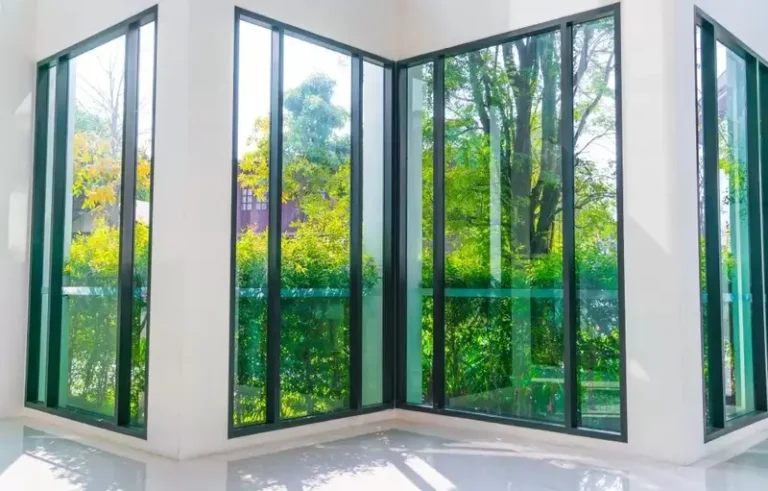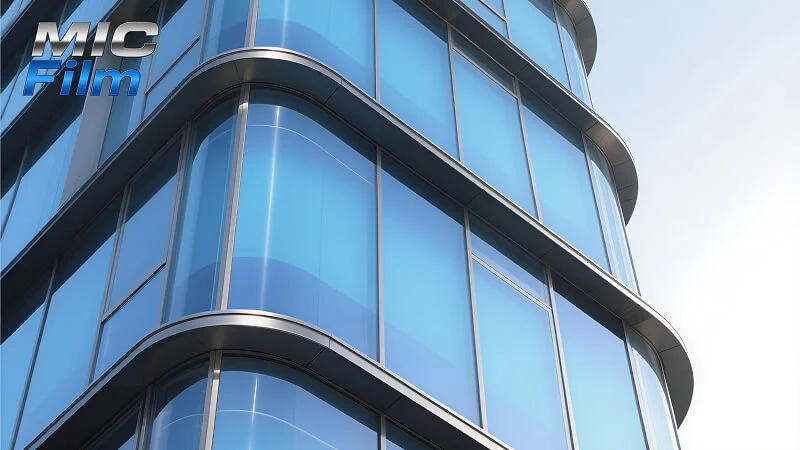When choosing such films, it’s important to understand the meaning of the following key specifications. Visible Light Transmittance (VLT)—the higher this parameter, the more transparent the film’s surface will be. Infrared Radiation Reflectivity (IRR)—the higher this parameter, the better the film’s ability to maintain a comfortable indoor temperature. UV protection is designated by the abbreviation UVR; the higher this parameter, the better.
If we classify architectural films by their main function, we can distinguish the following types:
- Sun protection – prevents excess heat and light from entering the room.
- Decorative – change the appearance of the room through color effects
- Athermal – designed to reflect sunlight, but unlike sun protection, they have a minimal degree of darkening.
Protective – a dense material that prevents glass from breaking under mechanical impact, including when intruders attempt to break in.










